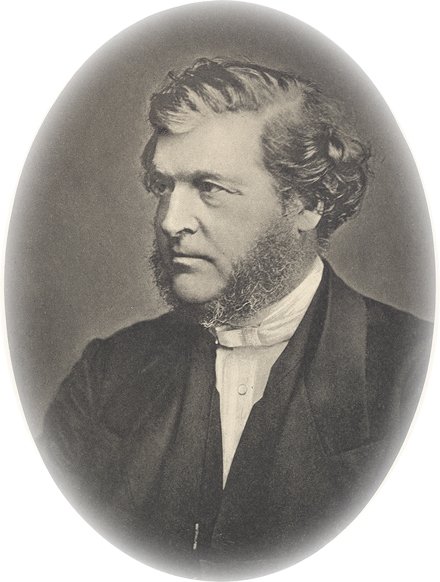Dr. Barton on Christian appropriation of pagan symbols
Dr. Langdon has done a great deal of very interesting research into the symbolism of the sacred feminine. He has discovered symbols that many of us have missed in the past. As a researcher he is quite brilliant.
It's what he does with that research that's so maddening. Dr. Landgon has forgotten that, when a smbol is appropriated by one religion from another, its meaning is often completely changed. My favourite is the Green Man. I wrote a paper on the Green Man for a conference a few years ago, where I actually managed to step on Dr. Langdon's foot. It's the only time I've ever spoken to him, and I think all I said was 'sorry'. He didn't recognise me, but why should he?
The Green Man is a symbol found just about everywhere, particularly in Britain. He usually appears in the form of a human face with foliage growing out of both corners of his mouth. Pagan in origin, the Green Man represented, in pre-Christian times, the height of the growing season, the peak of fertility and fecundity. The symbol was generally expressive, therefore, of the eternal cycle of the seasons. When Christianity appropriated the Green man its meaning was altered to represent orthodox Christian notions of everlasting life, resurrection and the immortality of the soul. Viewed from this Christian point of view the Green Man becomes a quite acceptable motif and it is only on that basis that Green Men are found within Christian Churches. Some, such as Dr. Langdon, have suggested that the Green Man remains a pagan symbol even when found in a Christian building and this, or course, is quite incorrect. After all, why would Constantine's repressive religion want to use the Green Man? And, even if we suppose that every stone-mason who ever carved a Green Man belonged to the Priory of Sion, why weren't the Green Men, in the Cathedrals at least, defaced by the Church?
It's what he does with that research that's so maddening. Dr. Landgon has forgotten that, when a smbol is appropriated by one religion from another, its meaning is often completely changed. My favourite is the Green Man. I wrote a paper on the Green Man for a conference a few years ago, where I actually managed to step on Dr. Langdon's foot. It's the only time I've ever spoken to him, and I think all I said was 'sorry'. He didn't recognise me, but why should he?
The Green Man is a symbol found just about everywhere, particularly in Britain. He usually appears in the form of a human face with foliage growing out of both corners of his mouth. Pagan in origin, the Green Man represented, in pre-Christian times, the height of the growing season, the peak of fertility and fecundity. The symbol was generally expressive, therefore, of the eternal cycle of the seasons. When Christianity appropriated the Green man its meaning was altered to represent orthodox Christian notions of everlasting life, resurrection and the immortality of the soul. Viewed from this Christian point of view the Green Man becomes a quite acceptable motif and it is only on that basis that Green Men are found within Christian Churches. Some, such as Dr. Langdon, have suggested that the Green Man remains a pagan symbol even when found in a Christian building and this, or course, is quite incorrect. After all, why would Constantine's repressive religion want to use the Green Man? And, even if we suppose that every stone-mason who ever carved a Green Man belonged to the Priory of Sion, why weren't the Green Men, in the Cathedrals at least, defaced by the Church?

0 Comments:
Post a Comment
<< Home